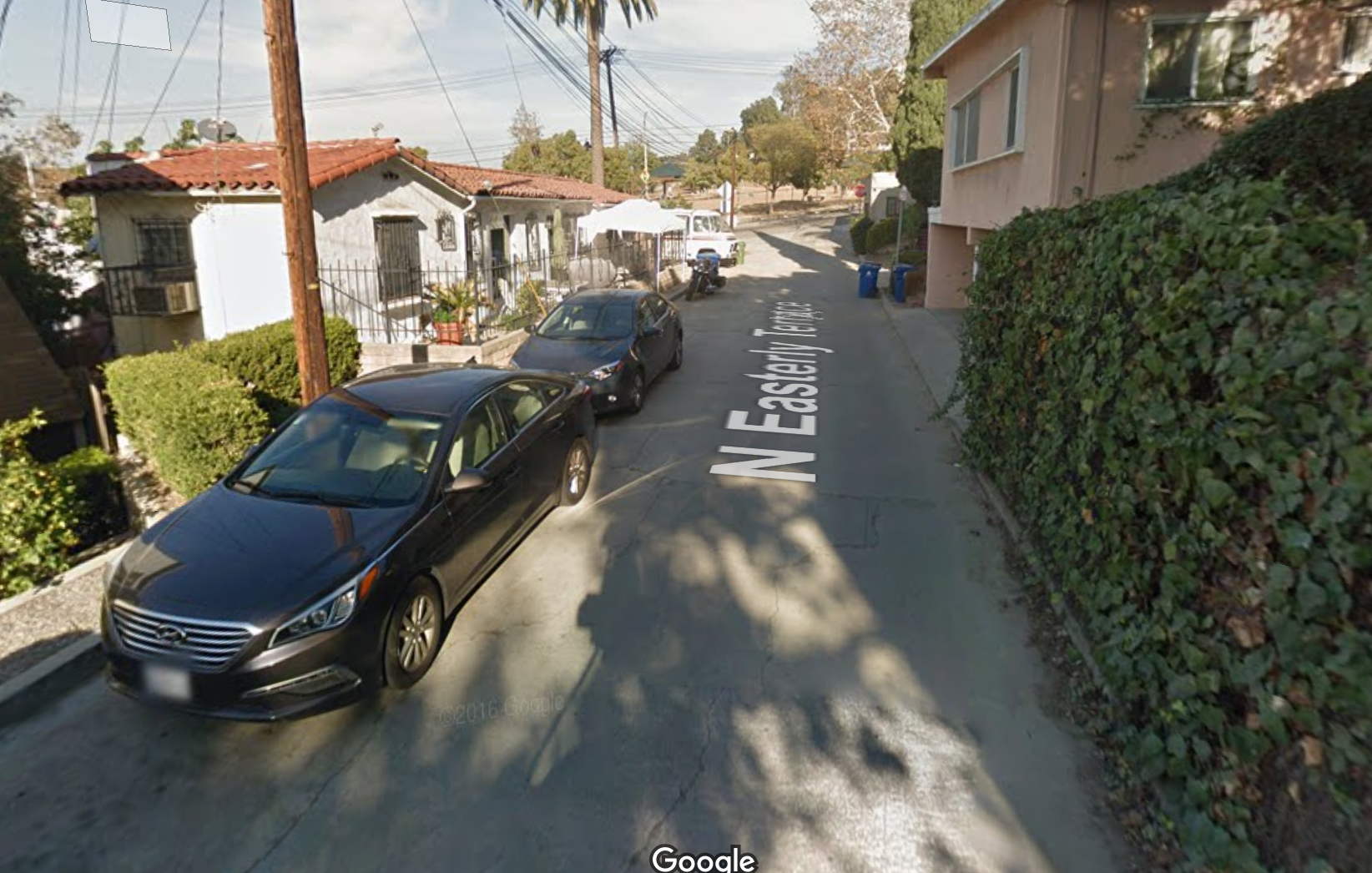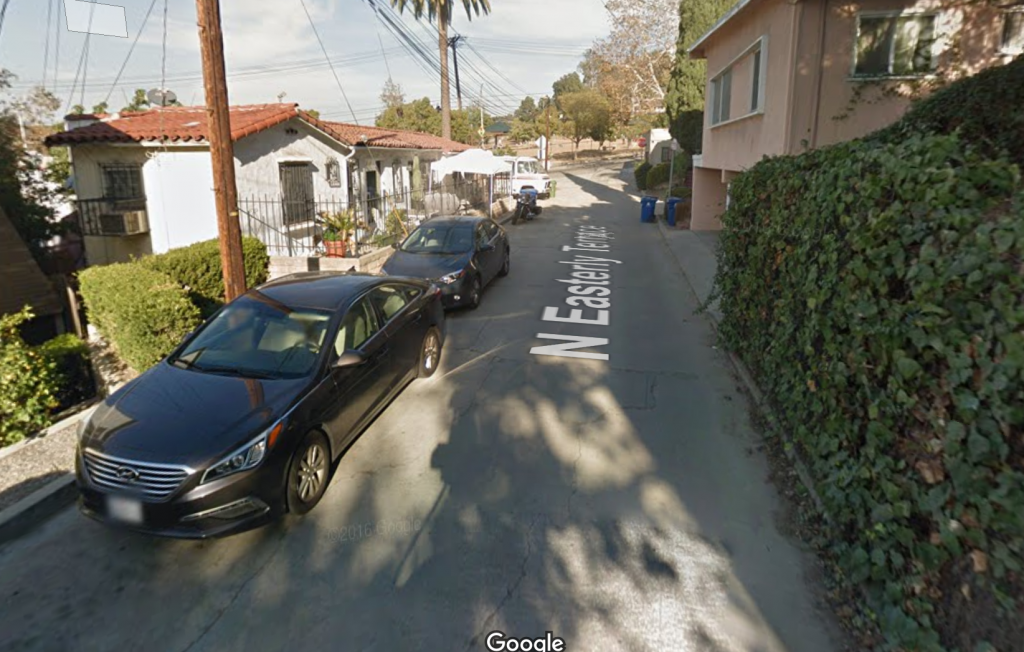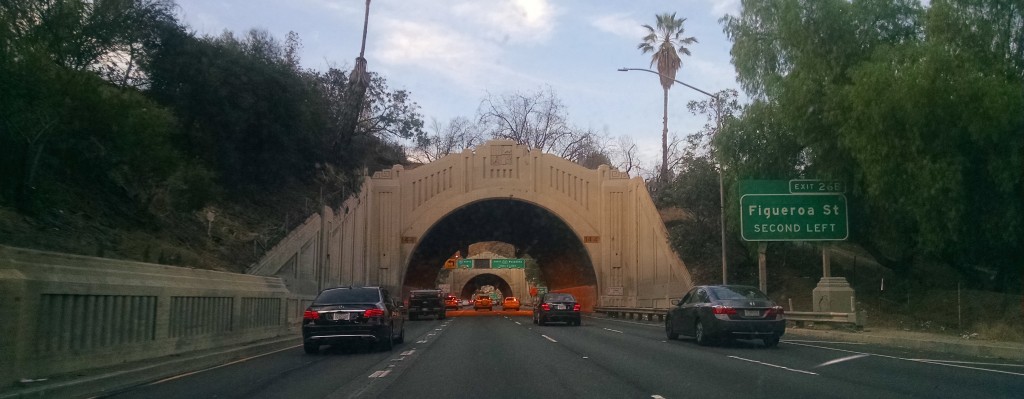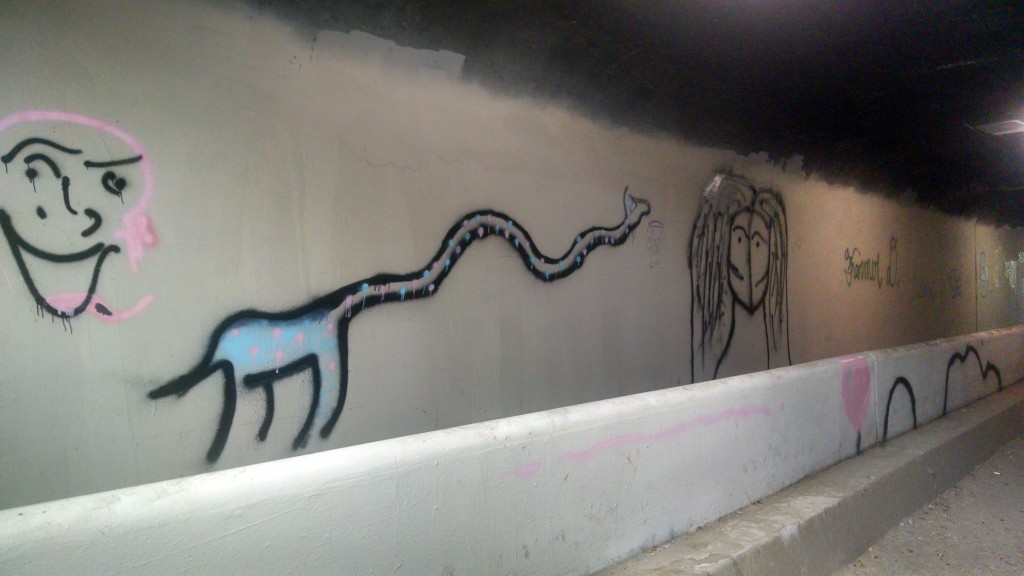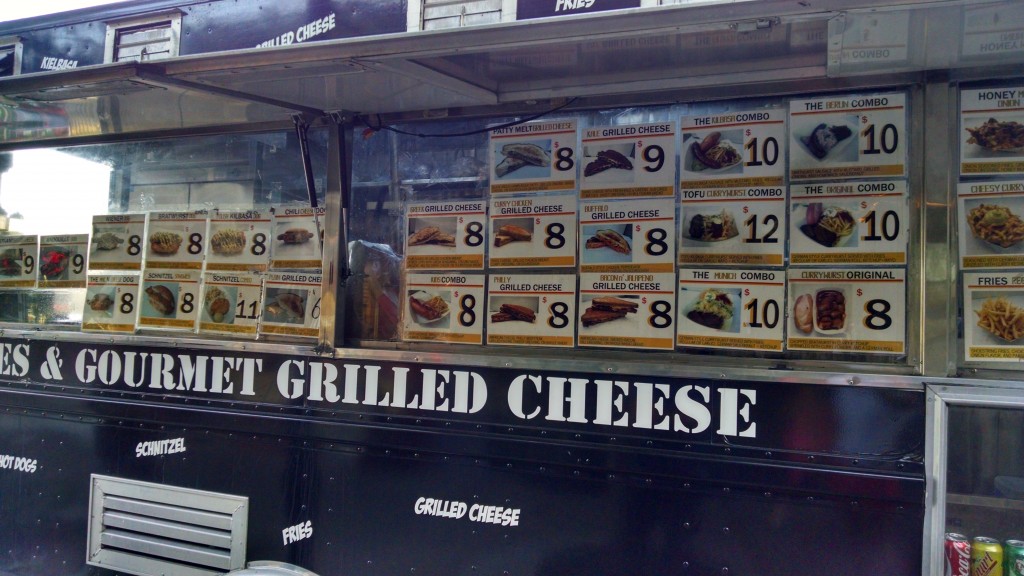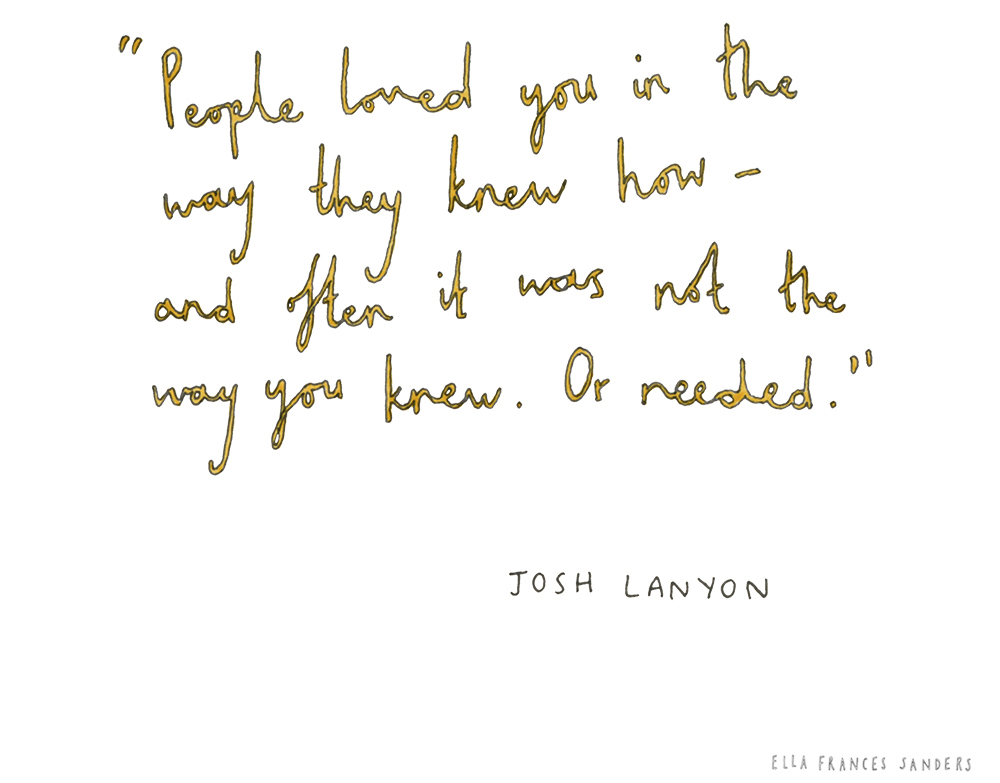“Ugh. Griffith? I am so over Griffith.”
So sayeth hundreds of trail runners, all over Los Angeles.
And I get it, to a point. The horse trails dotted with grassy chunks of poo and, on drier days, the dusty aroma of said chunks. The throngs of families out for strolls up and down the roads leading to the Hollywood sign. The groups of hikers walking four abreast on a fire road. Walkers bearing external speakers to broadcast their choice of audible distraction to the world. The dry dust. The post-storm sogginess. The flatness. The hilliness. The hotness. And so, to many metro area runners, running on the trails in Griffith Park is judged as The. Worst.
Except that it’s not, not if you don’t let it.
1896: Griffith Park is Born
“I consider it my obligation to make Los Angeles a happier, cleaner, and finer city. I wish to pay my debt of duty in this way to the community in which I have prospered.” – Griffith J. Griffith, 1896
Griffith Park started out as a bequeathed expanse of 3015 acres—nearly 5 square miles—and currently stands at a whopping 4035 acres for all of the metropolitan area to enjoy and sometimes literally get lost. Sometimes compared to Central Park in Manhattan, Griffith serves a similar function for the city but boasts far more in the way of wilderness-like experiences and rugged areas. Many acres were scorched by a fire in 2007 but is rebounding in fits and starts and with the help of several local park charities, thankfully.
For a Burbankian like myself, the closest ingress point to Griffith Park is about 4 miles from home in a little gravel parking lot south of the Travel Town train attractions. Four miles might sound like a bit much just to go for a run, but it’s doable by bike or car. Other trails I can and do run sometimes (and all still “nearby”, relatively speaking) are 10, 12, and 17 miles away, respectively.
Trail Running Travel Town 101
For all the commonly-heard complaints about crowds and horse poo, Griffith has a treasure trove of trails just waiting to be strung together, looped, discovered, out-and-backed, lollipopped, and flat out enjoyed. My get ‘er done run is a loop starts from that Travel Town parking lot with a lung busting climb, then some lovely rollers, then a screamer downhill, and then a nice stretch to get some speed and put down a fast mile and a half. Total distance? 3.8 miles. I can pop over to the park and get that bad boy done in not much more time than it takes the sun to set and full darkness to set in.

You can lead a horse to water…. (up on the Travel Town loop)
Bonus: add 300 feet of climbing (complete with another steep up and stretch-out down) with one extra spur tacked on in the middle to land at 6-ish miles. Another good “go to” run. And from there we get to some extra deviations. Different looping middle sections to tack on even more miles. There’s a lot of satisfying daily routines to be built and enjoyed here.
On the other side of the park are my other “marble in the groove” runs, often done in the opposite style by starting out with a flat segment before transitioning into solid up and down with some fantastic downtown scenery to boot. Best done near sunset to capture those western beams hitting the skyscrapers and the lights coming on over the expansive urban buildup to the south.
Runners can get their jollies by looking down over the 5 around dusk to see taillights starting to stack up; here you are up on a freakin’ trail in a near-wilderness inside the largest sprawling metropolitan area in the entire country. Make 2 hours out of that run with some really steep uphill on the Hogback and wind up with closer to a lovely 10 miles, also fantastic just before (or even into the) dark. Tacos at Guisado’s afterwards is a bonus.
Of course you can go a lot farther with these linkups, too. String together those two routine runs with some connector trail/roads for 15 miles. Get ambitious and throw in some a bit of sightseeing (either of the Hollywood sign, or of the people hiking to the Hollywood sign with terribly inappropriate footwear) and you can wind up with twenty miles, no problem.
Travel Town’s immediate trails are just the tip of the iceberg when it comes to Griffith, but it is my Backyard Trail: it’s going to be a part of my training for a very long time. Happily so. Horse poo or no.
[this post inspired by Brendan’s homage over at Semi-Rad.com more than a year ago. Fruition!]




